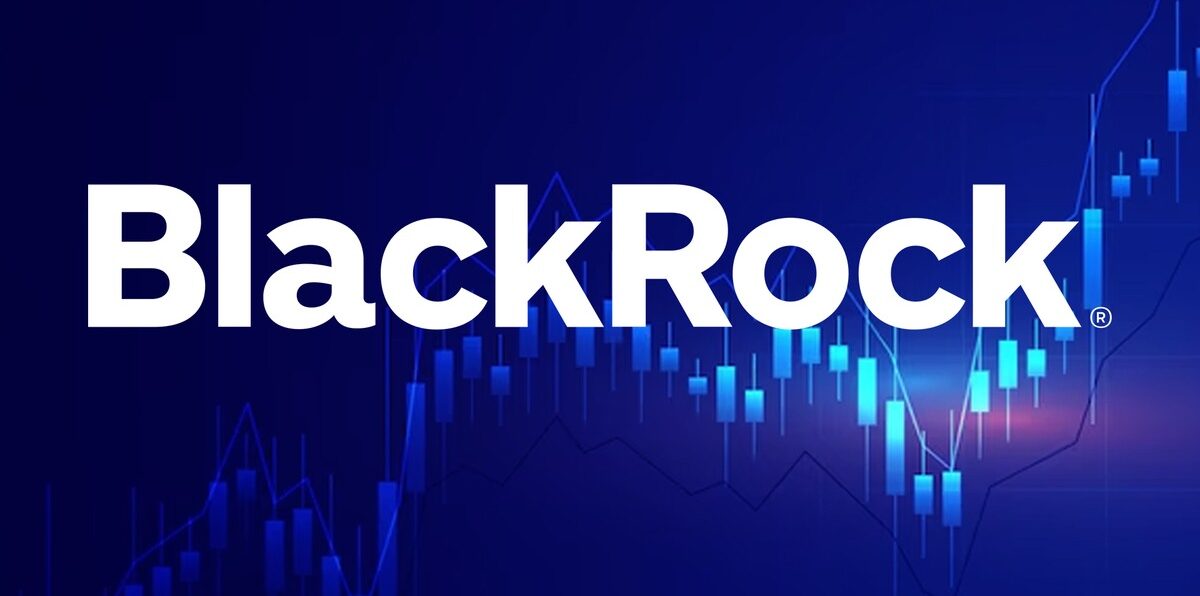BlackRock Proposes Staking in Ethereum ETF for Investors

BlackRock has suggested including staking in its Ethereum Price exchange-traded fund (ETF), in a novel step for the crypto and conventional financial industries. This calculated action could drastically change institutional access to Ethereum’s Proof-of-Stake (PoS) yield, therefore influencing the investing environment and maybe driving a rise in ETH prices.
BlackRock Staking Strategy
The biggest asset management in the world, BlackRock, has progressively taken center stage in the digital asset scene. After its iShares Ethereum Trust ETF proves successful, the business is now looking at staking—a strategy that pays users for assisting in network security—to increase returns for investors.

BlackRock’s Head of Digital Assets, Robbie Mitchnick, recently underlined the need for staking by pointing out that in the Ethereum ecosystem, a yield component represents a “meaningful part” of investment returns. This opinion implies BlackRock is intentionally trying to expose investors to staking benefits without having them personally own ETH.
Ethereum Staking Overview
Introduced with the Ethereum 2.0 upgrade, Ethereum staking is the purpose of its PoS consensus mechanism. PoS depends on ETH-staked validators, unlike proof-of-work systems, to help validate transactions and preserve network security. Usually ranging from 3% to 7% annually depending on network activity and staking quantity, they receive staking rewards in return.
Early 2025 sees roughly 25% of all circulating ETH—about $85 billion worth—stashed. For institutional investors, meanwhile, staking directly might be technically difficult and inaccessible. By including staking, an ETF would let these investors profit from passive yields, hence eliminating the need to actively engage the Ethereum network.
Crypto Staking Regulations
Although betting inside ETFs is interesting, it also attracts regulatory attention. Usually viewing crypto staking services as unregistered securities offerings, the U.S. Securities and Exchange Commission (SEC) has traditionally adopted a cautious approach to them. Still, the environment of regulations seems to be changing.
Another big asset manager, Grayscale, has proposed staking in its Ethereum Trust to the SEC. On that application, a decision is scheduled by May 26, 2025. Approved might open BlackRock and others’ ability to add staking in their ETF products.
Industry observers think that by including staking, staking will help to close the gap between traditional financial products and distributed finance (DeFi), hence guiding future ETFs, including on-chain income generation.
BlackRock Ethereum ETF
BlackRock’s idea has been well received by the market. Ethereum’s price clearly changed after the announcement since traders and investors perceived the action as a positive indication for the long-term value of ETH. Should staking be included in significant ETFs and legal permits are approved, analysts now estimate ETH may reach as high as $15,000 within the next six to twelve months.

The Ethereum ETF of BlackRock already shows over $3 billion in assets under management, evidence of the huge institutional demand for ETH exposure. Staking might provide both price exposure and dividends, two important characteristics for investors looking for diverse crypto strategies, hence enhancing the attractiveness of these assets.
Ethereum ETF Staking
Staking in ETFs has a special value proposition for institutional investors: access to Ethereum’s inherent yield free from the complexity of blockchain infrastructure. This could inspire more involvement from pension funds, endowments, and other risk-averse investors who, until operational restrictions kept on the sidelines.
Moreover, as more tokens would be locked up in staking contracts, should Ethereum ETFs with staking become standard, this could lower the ETH circulating supply. Usually, a declining supply and rising demand put more pressure on price, which can set ETH in a positive feedback cycle.
Final thoughts
BlackRock’s approach marks a strategic synergy between blockchain innovation and conventional finance, not only a technological improvement. BlackRock is investing boldly in the future of yield-bearing digital assets by suggesting Ethereum staking inside an ETF structure.
Although regulatory approval is still a major obstacle, the tide appears to be moving toward crypto inclusion into conventional finance. Should the SEC indicate a readiness to let staking in ETFs, additional asset managers may follow suit, hence reinforcing Ethereum’s reputation as the preferred blockchain for institutional yield policies.
BlackRock’s advocacy of Ethereum ETF staking could be a turning point for the wider crypto market, opening new paths for passive income, raising institutional interest, and maybe pushing ETH to unprecedented highs.




